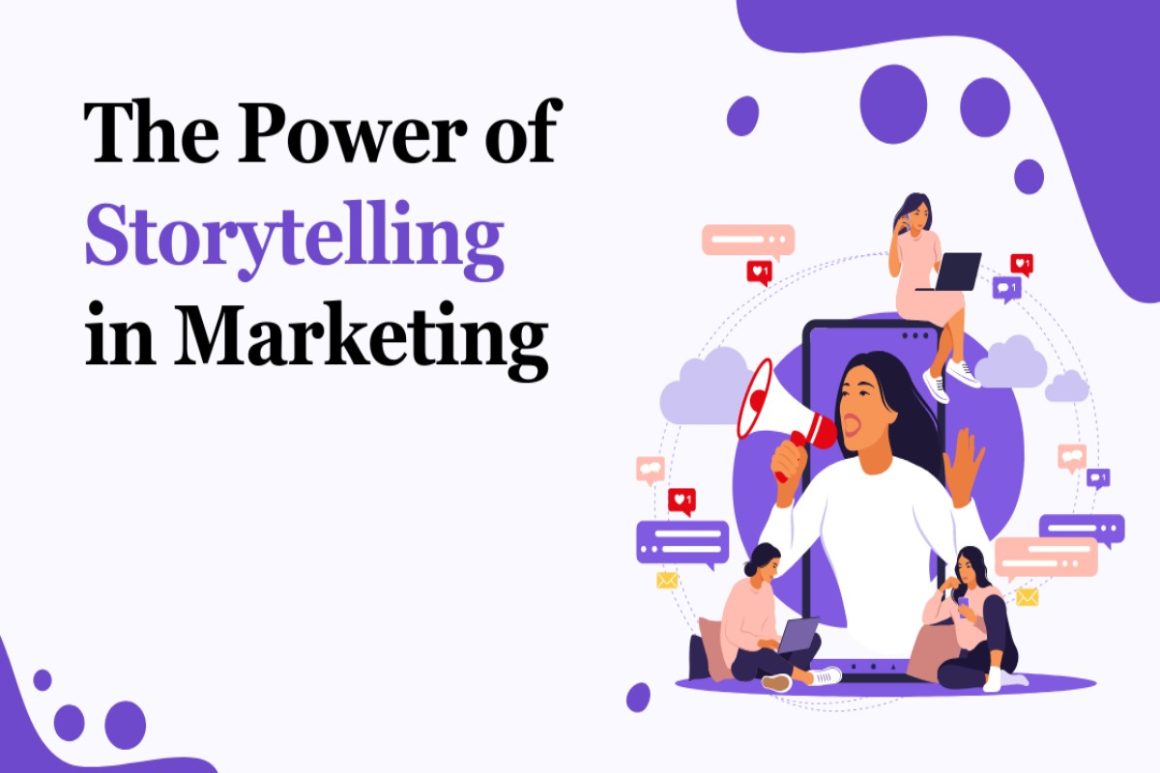Storytelling has long been recognized as a powerful tool in the world of marketing. By crafting compelling narratives, brands can connect with their audience on a deeper level, evoke emotions, and create lasting impressions.
Table of Contents
Word to PDF: Converting Your Stories for Wider Reach
Before delving into the importance of storytelling in marketing, it’s essential to acknowledge the role of technology in content dissemination. Tools such as Word to PDF converters facilitate the seamless transformation of storytelling content into a universally accessible format. By converting your stories into PDFs, you can ensure compatibility across different devices and platforms, thus reaching a broader audience with your brand narrative.
The Art of Storytelling in Marketing
At its core, storytelling in marketing involves the strategic crafting and sharing of narratives that resonate with your target audience. These stories go beyond product features or service benefits; they evoke emotions, spark curiosity, and establish a genuine connection with consumers. Whether through written content, visuals, videos, or interactive experiences, effective storytelling captivates the audience’s attention and leaves a memorable impression.
Building Brand Identity and Emotional Connections
One of the most significant advantages of storytelling in marketing is its ability to shape brand identity and foster emotional connections. By sharing authentic stories that reflect your brand’s values, mission, and culture, you humanize your business and make it relatable to consumers. Through narratives that evoke empathy, humor, or inspiration, you create a sense of belonging and loyalty among your audience, ultimately driving brand affinity and advocacy.
Engaging Your Audience Across Channels
In today’s digital age, storytelling transcends traditional marketing channels and extends to a variety of platforms and mediums. From social media posts and blog articles to podcasts and immersive experiences, brands have numerous opportunities to engage their audience with compelling narratives. By leveraging different channels and tailoring storytelling content to fit each platform’s unique characteristics, you can maximize reach and impact.
Measuring the Impact of Storytelling
While the qualitative benefits of storytelling in marketing are evident, measuring its quantitative impact is equally important. Through analytics tools and metrics such as engagement rates, conversion rates, and brand sentiment analysis, marketers can assess the effectiveness of their story telling efforts. By tracking key performance indicators, you can refine your story telling strategy, optimize content delivery, and drive tangible business results.
Conclusion: Harnessing the Narrative Power for Marketing Success
Storytelling is a potent tool in the marketer’s arsenal, offering the ability to captivate, inspire, and persuade audiences. By harnessing the power of story telling, brands can differentiate themselves in a crowded marketplace, build meaningful relationships with consumers, and drive long-term success. Whether through compelling narratives, immersive experiences, or interactive content, storytelling has the potential to elevate your brand and leave a lasting impact on your audience.


